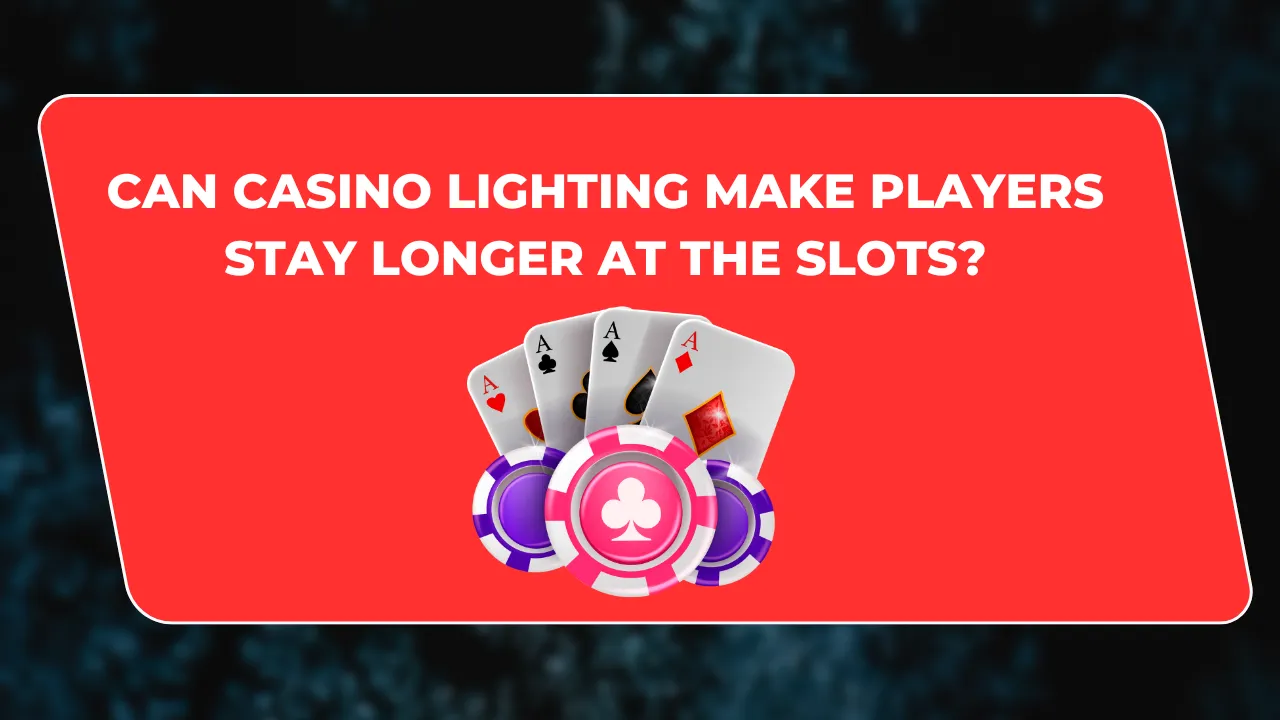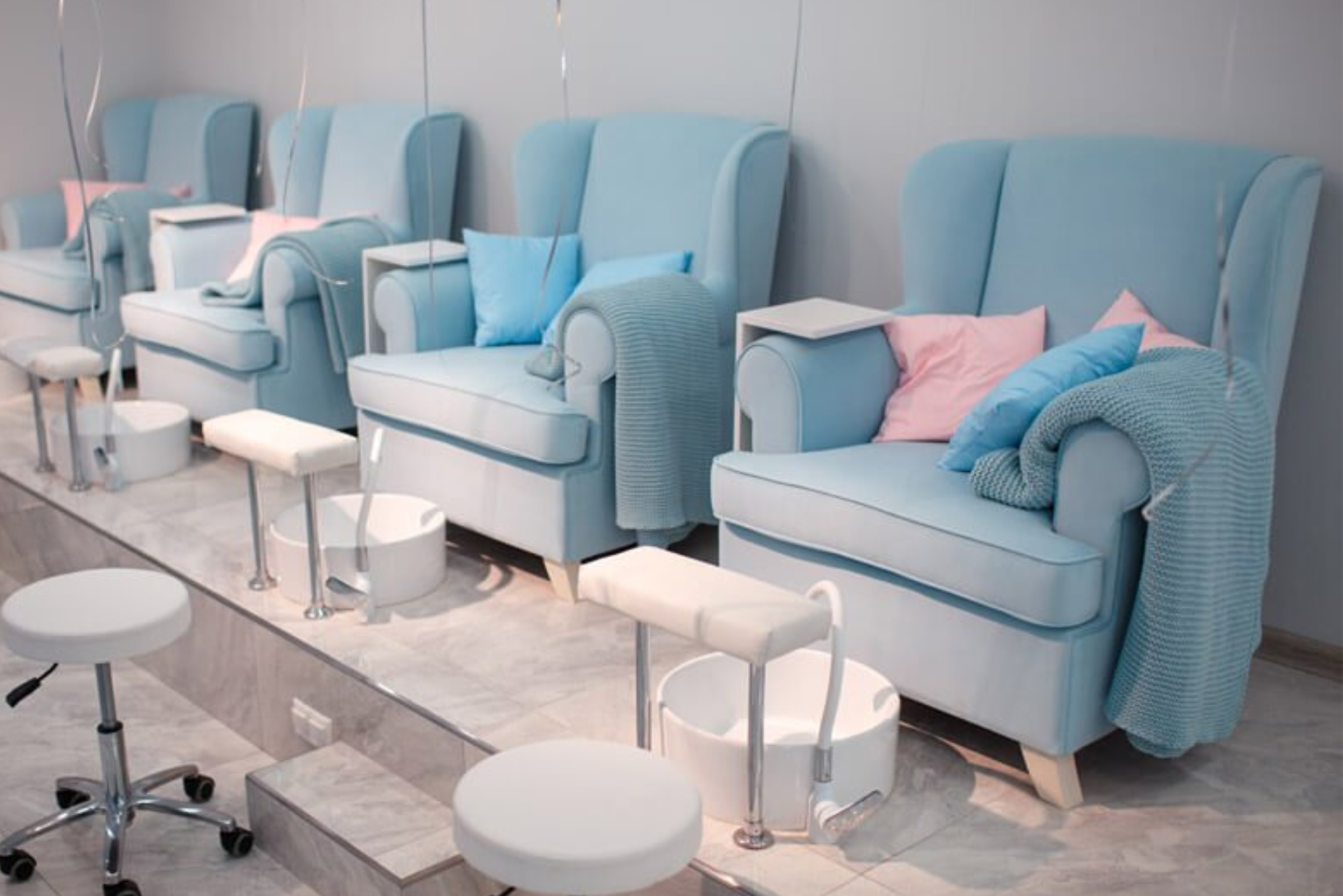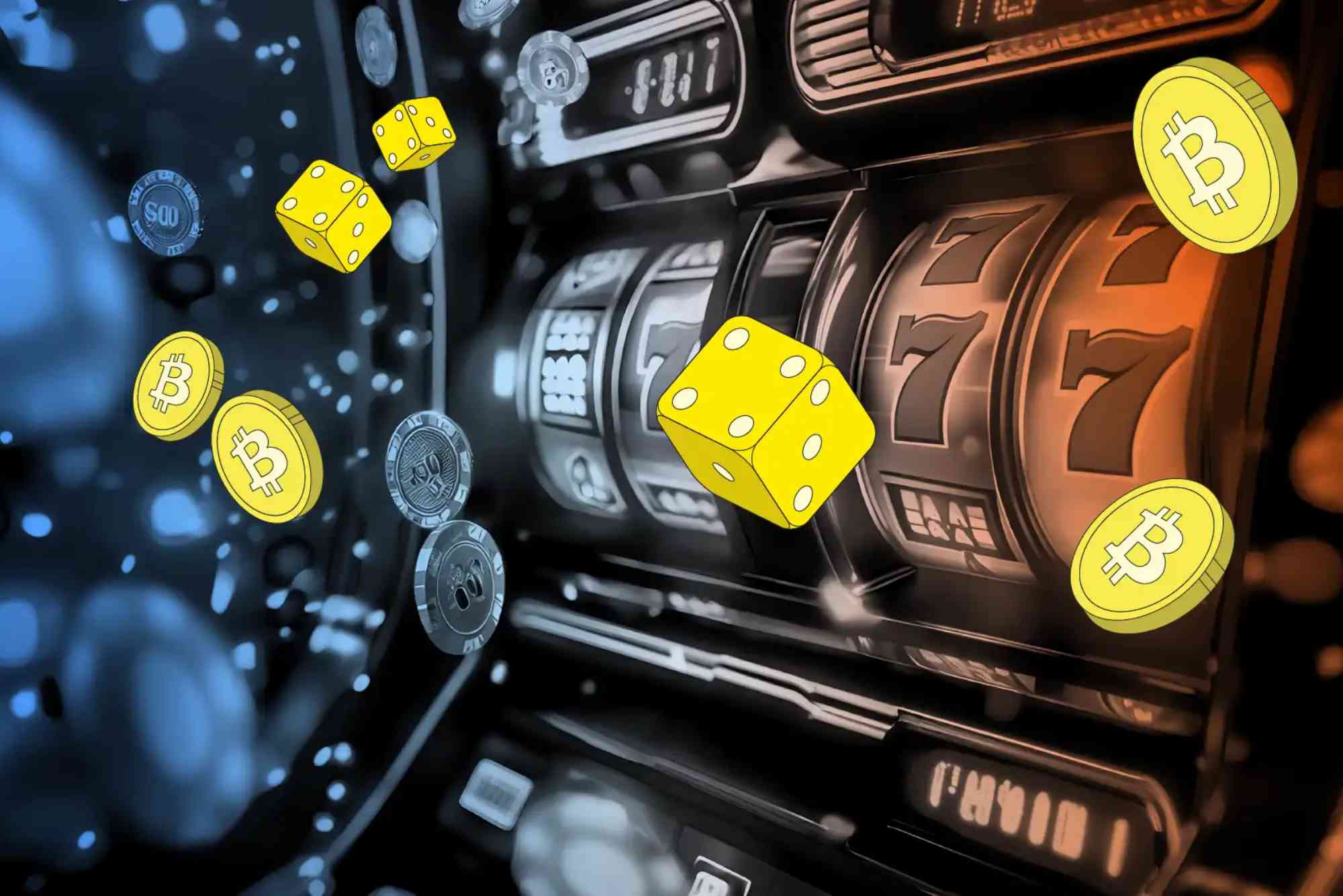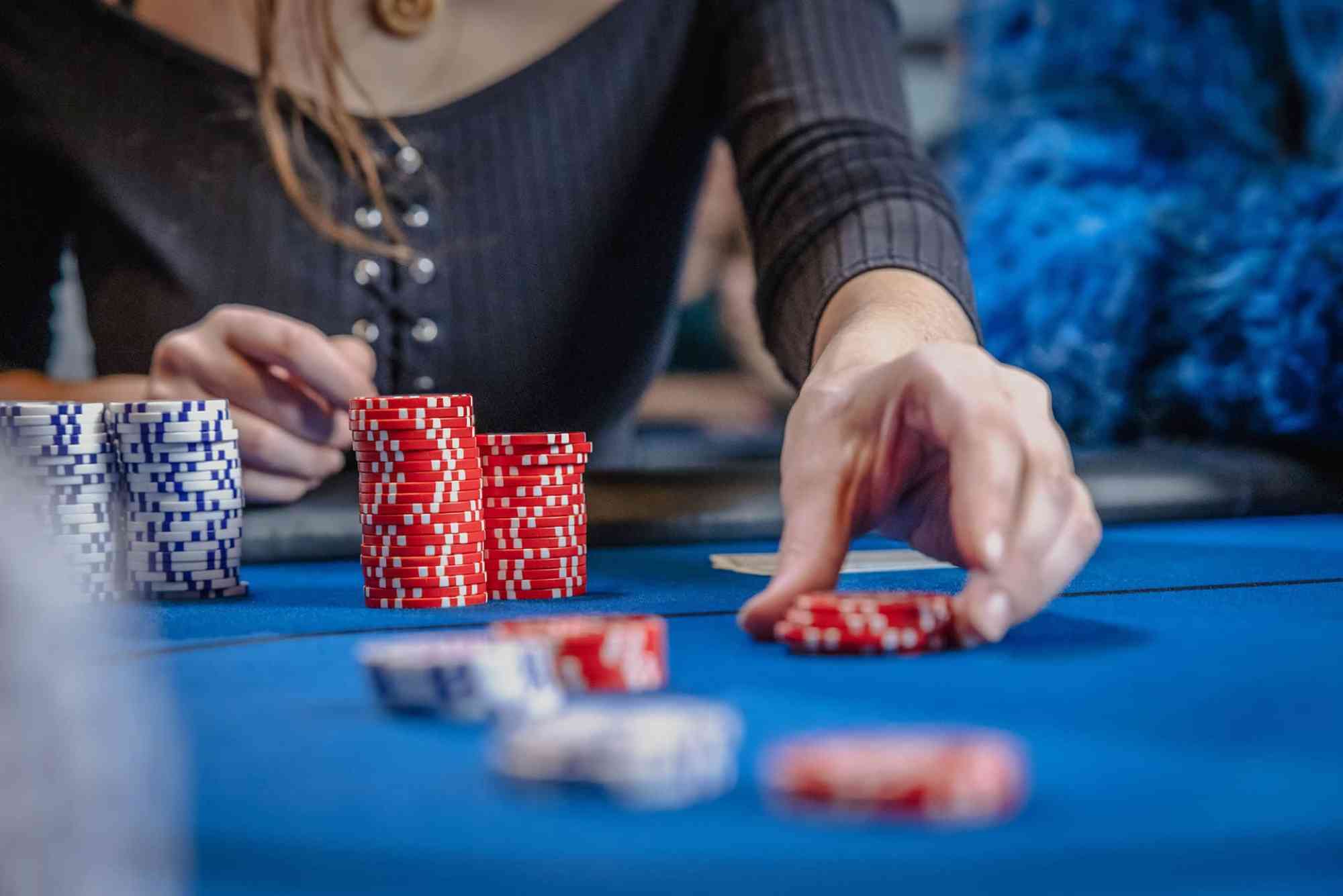When you walk into a casino, the first thing that usually catches your attention isn’t just the sound of machines or the crowd’s buzz — it’s the lighting. Bright, colorful, and carefully designed, casino lighting does more than make the place look exciting. It sets the tone for the gaming experience and, according to research and industry practices, can even influence how long players stay at the slot machines.
As someone who has studied both the psychology of gambling and the design strategies casinos employ, I’ve seen how lighting can turn a casual gaming session into an extended one. Slot areas, in particular, are a prime example of how lighting impacts behavior. The question is: how exactly does it work, and is it intentional?
The Psychology of Bright Lights in Gaming
Humans are naturally drawn to light, especially when it flashes, sparkles, or changes colors. In casinos, lights are used strategically to create an atmosphere of excitement and anticipation. Each slot machine is a miniature show, with flashing LEDs that respond instantly to every spin and win. The surrounding lighting — often bright but not harsh — keeps the area feeling lively and safe.
There’s also a scientific explanation behind this. Bright and dynamic lighting stimulates the brain’s dopamine response, the same chemical associated with rewards. Just as social media notifications or arcade games trigger a sense of excitement, casino lighting helps maintain engagement by keeping the brain alert and entertained.
Interestingly, similar tactics are used in other entertainment industries. Think about concerts, theme parks, or even video games. Visual stimulation is a powerful motivator, and casinos have perfected its use in gaming environments.
Creating a Timeless Environment
One of the most fascinating aspects of casino design is the absence of natural time cues. Unlike other public spaces, casinos rarely feature windows or clocks. Instead, they use lighting to create an environment where time feels suspended. The lighting is carefully balanced so it’s never too dim or too bright, maintaining a consistent atmosphere whether it’s morning or midnight outside.
This strategy helps players lose track of time. By controlling the lighting environment, casinos reduce the likelihood that players will notice fatigue or external obligations, encouraging longer play sessions at the slots.
The concept isn’t unique to land-based casinos. Online platforms mirror this strategy in digital form. For example, non gamstop casinos use vibrant colors, flashing animations, and immersive visuals to capture attention in much the same way physical lighting does. While the medium is different, the psychological principle remains the same: consistent stimulation keeps players engaged.
Slot Machines as Miniature Stages
Slot machines themselves are designed like small theatrical performances. Each spin produces flashing lights, sound effects, and animations, regardless of whether the player wins or loses. The lighting isn’t random; it’s carefully timed to highlight moments of excitement.
For example, even small wins are celebrated with lights that give the impression of a bigger achievement. This reinforcement makes players feel rewarded more frequently, encouraging them to continue playing. Lighting, paired with sound, creates a multi-sensory feedback loop that keeps players in their seats longer than they might have planned.
As someone who has spoken with designers and engineers in the gaming industry, I’ve learned that lighting sequences are tested extensively before being implemented. It’s not just about aesthetics — it’s about sustaining engagement.
Comfort and Mood Management
Lighting also affects mood. Casinos avoid harsh fluorescent lighting because it can cause discomfort and fatigue. Instead, they use warmer tones in lounge areas and brighter, more energetic tones around slot machines. This mix ensures that players feel comfortable enough to stay but stimulated enough to keep playing.
The subtle use of colored lighting is also notable. Red and gold tones evoke feelings of luck and excitement, while blues and purples create a sense of mystery and allure. By combining these shades in specific zones, casinos guide player emotions without them consciously realizing it.
This isn’t manipulation in the sinister sense — it’s more about enhancing the entertainment experience. The goal is to create an environment where players feel good, which naturally encourages them to stay longer.
The Link Between Lighting and Spending
Studies in consumer psychology have shown that lighting can influence spending behavior in retail stores, and casinos have taken this lesson to heart. Brighter lighting near slot machines makes the area feel more welcoming, while subtle dimming in nearby bars or lounges signals a place to relax and recharge.
This zoning effect ensures that players associate the slot floor with energy and excitement. The transition between areas feels natural, but it subtly directs spending behavior toward gaming over resting. The result is more time and money spent at the slots, which is exactly what casinos want.
Online vs. Offline: Do Visual Cues Work the Same Way?
In land-based casinos, lighting physically surrounds the player, but in online platforms, it’s replicated digitally. Animated reels, pulsing lights, and glowing buttons mimic the casino floor on a screen. While the effect might not be as immersive as a real-world environment, it still works.
From my own experience testing online platforms, I’ve found that the combination of lighting effects and sound creates a similar pull to that of a physical slot machine. The continuity between physical and digital environments also reassures players who move between the two, strengthening their loyalty to the gaming experience as a whole.
Responsible Gaming and Awareness
Of course, it’s important to recognize that while lighting creates excitement, it can also lead players to spend more time than intended. This is why responsible gaming initiatives emphasize awareness of these design strategies. Casinos, both physical and online, are increasingly required to provide tools like time trackers, spending limits, and reminders to help players manage their sessions.
Understanding the role of lighting doesn’t necessarily reduce its impact, but it does empower players to make more informed choices. Recognizing that the atmosphere is designed to encourage extended play is the first step in maintaining control over your gaming habits.
Conclusion
So, can casino lighting make players stay longer at the slots? The answer is yes — and it’s not accidental. From the flashing lights of individual machines to the carefully balanced ambient lighting of the entire floor, every detail is designed to sustain engagement. The strategy extends into the digital world as well, where online casinos replicate these cues virtually.
Whether you’re fascinated by design psychology or simply curious about your own gaming habits, it’s clear that lighting plays a bigger role than most people realize. It enhances the entertainment, creates a timeless environment, and influences behavior in subtle but powerful ways.
As with any part of the gaming experience, the key is awareness. Understanding how lighting shapes your perception can help you enjoy the thrill of slots while staying in control of your playtime.









